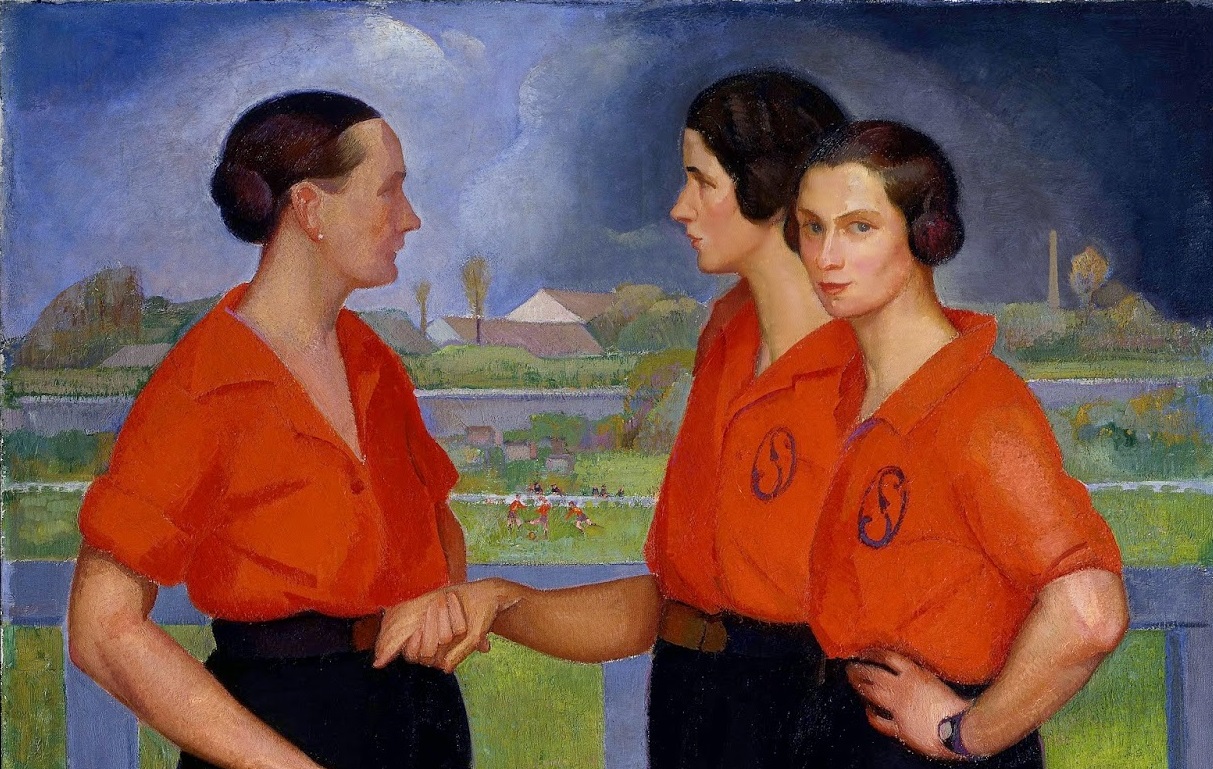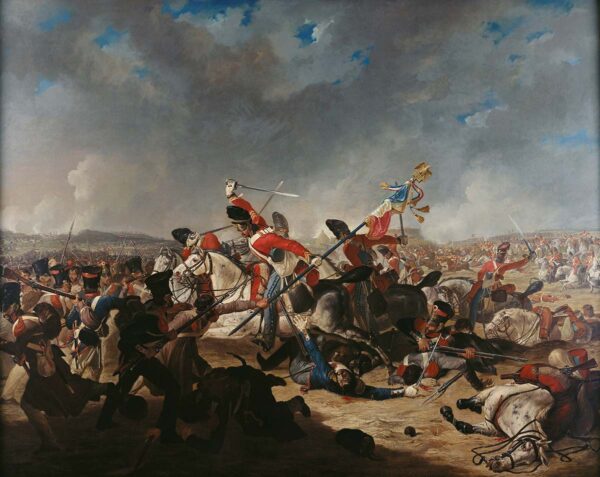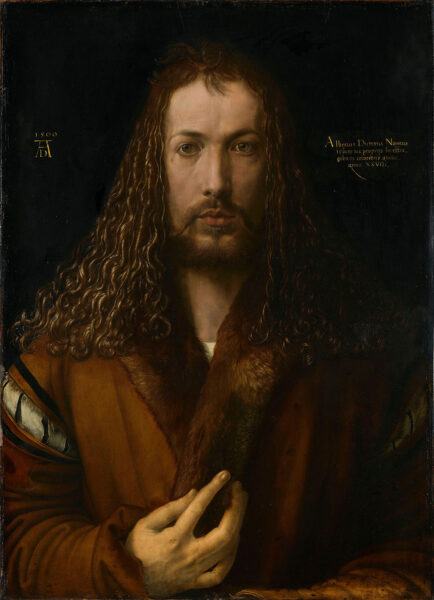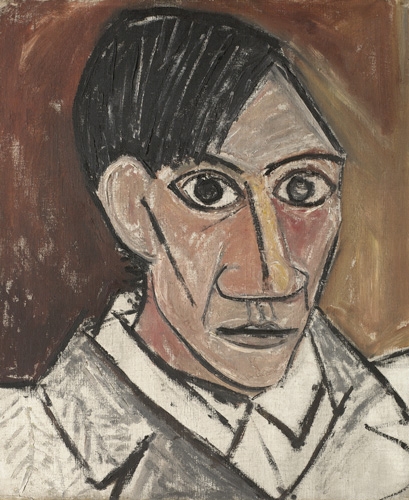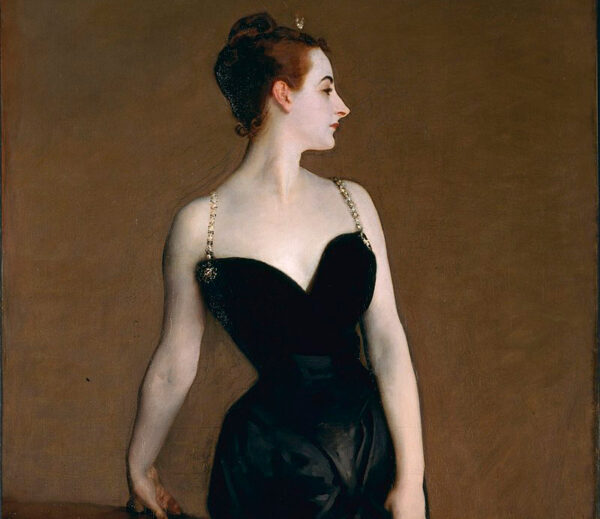An Artist Between Two Worlds
Born in Durango, Mexico, Zárraga trained at the Academy of San Carlos and later traveled to Europe, where he immersed himself in the Symbolist and Post-Impressionist movements. His style, a synthesis of European and Mexican influences, evolved into his own visual language, characterized by mastery of form and vibrant use of color.
Throughout his career, Zárraga lived in France and Spain, deeply engaged with the artistic currents of the time. His work spans a diverse range of themes, including portraits, religious and mythological scenes, and depictions of everyday life. However, one of his most unusual and striking series is dedicated to football, a sport that was gaining popularity in Europe during the first half of the 20th century.

Football as Art
Zárraga’s interest in football may initially seem curious, but it reflects his keen observation of contemporary culture and his ability to find beauty in the mundane. At a time when football was establishing itself as a popular passion, Zárraga captured it in his paintings with a sense of movement and energy that anticipates modern sports photography.
His works on football stand out for their dynamism and focus on the human figure in motion. Zárraga’s players, depicted in athletic positions and in the midst of action, convey a sense of physical effort and coordination that is almost choreographic. The use of vibrant colors and strong contrasts highlights the intensity of the game and the emotion of the moment.
Technique and Style
Technically, Zárraga combined his academic training with a modern sensibility. His football paintings show a balance between formal structure and expressiveness, capturing both the anatomical precision of the players and the fluidity of their movements. He used chiaroscuro to give volume to the figures and create a three-dimensional effect, while his handling of color brings a vivacity and freshness characteristic of his work.
Zárraga’s style in these paintings is distinguished by a certain monumentality, even when depicting seemingly trivial scenes. This approach grants football a dignity and artistic weight that transcends its status as mere entertainment, elevating it to the category of an almost sacred ritual.
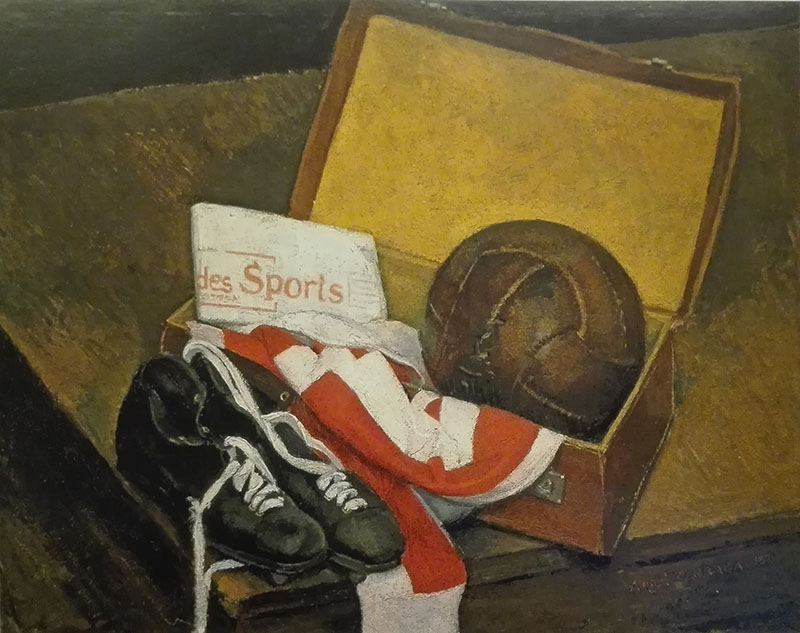
Legacy and Recognition
Although Zárraga did not achieve the fame of some of his colleagues during his lifetime, his work has been rediscovered and re-evaluated in recent decades. Today, he is recognized as a pioneer in the representation of sports in art, and his football paintings are valued for their originality and vigor.
Zárraga’s legacy as the “painter of football” is a testament to his ability to see art everywhere, even on the playing fields. His work invites us to reconsider our own perceptions of the everyday and to find beauty in the most unexpected places.
Ángel Zárraga died in 1946, leaving behind a rich and diverse body of work that continues to inspire and surprise those who discover it. His contribution to Mexican art and his unique focus on themes such as football ensure that his name and work endure in the collective memory as an example of how art can capture and ennoble all aspects of human life.
Ismael Terriza Reguillos
Journalist and Communications Director of Target Painting Prize

